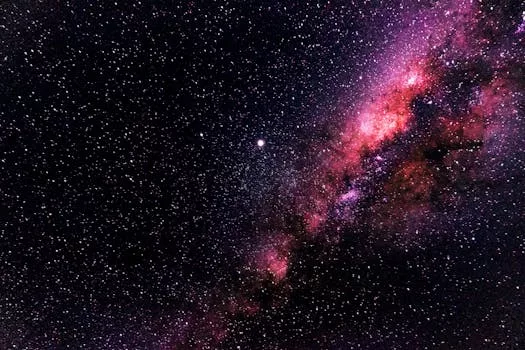
“
Beyond the Milky Way: Imagining New Worlds and Possibilities
Introduction to Beyond the Milky Way: Imagining New Worlds and Possibilities
Beyond the Milky Way: Imagining New Worlds and Possibilities, as we gaze up at the night sky, we are reminded of the vastness and mystery of the universe. Our galaxy, the Milky Way, is just one of billions, each containing countless stars, planets, and other celestial objects. As we explore the cosmos, we begin to wonder what lies beyond our galaxy and what possibilities await us. In this article, we will delve into the realm of space exploration and astronomy, imagining new worlds and possibilities that exist beyond the Milky Way.
Understanding the Milky Way
Before we can explore beyond the Milky Way, we must first understand our own galaxy. The Milky Way is a barred spiral galaxy, consisting of hundreds of billions of stars, gas, and dust. It is estimated to be around 100,000 light-years in diameter and is thought to contain between 200-400 billion stars. Our solar system is located in one of the outer spiral arms, about 27,000 light-years from the center of the galaxy.
Exploring Beyond the Milky Way
As we venture beyond the Milky Way, we enter the realm of intergalactic space. The nearest galaxy to our own is Canis Major Dwarf Galaxy, which is approximately 25,000 light-years away. Other nearby galaxies include the Andromeda Galaxy, Triangulum Galaxy, and the Large Magellanic Cloud. These galaxies are part of the Local Group, a small cluster of galaxies that are gravitationally bound together. To learn more about the wonders of the cosmos, check out our article on Soaring Through the Cosmos: The Power of Imagination Beyond the Stars.
Imagining New Worlds and Possibilities
As we explore the universe, we begin to imagine the possibilities that exist beyond our galaxy. We may envision planets with conditions similar to those of Earth, potentially supporting life. We may also imagine worlds with vastly different environments, such as gas giants, ice planets, or even planets composed entirely of liquid. The possibilities are endless, and the discovery of exoplanets has opened up new avenues for research and exploration. For a deeper dive into the creative aspects of our cosmic exploration, check out Cosmic Creativity: How Imagination Soars Beyond the Constellations.
Takeaways
- The Milky Way is just one of billions of galaxies in the universe, each containing countless stars, planets, and other celestial objects.
- As we explore the cosmos, we begin to wonder what lies beyond our galaxy and what possibilities await us.
- The discovery of exoplanets has opened up new avenues for research and exploration, allowing us to imagine new worlds and possibilities. For more insights, read The Infinite Universe of Imagination: Beyond Celestial Boundaries.






